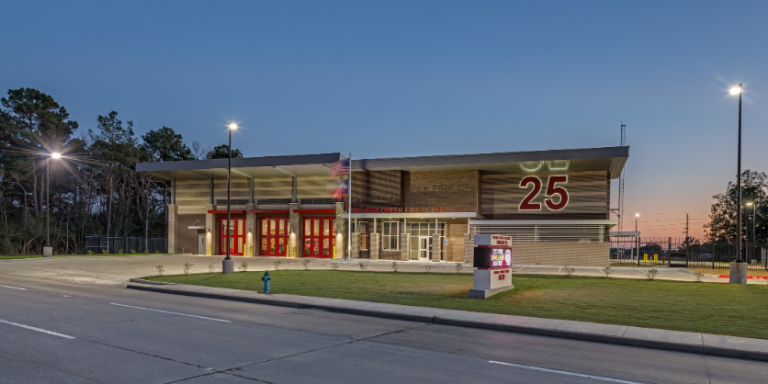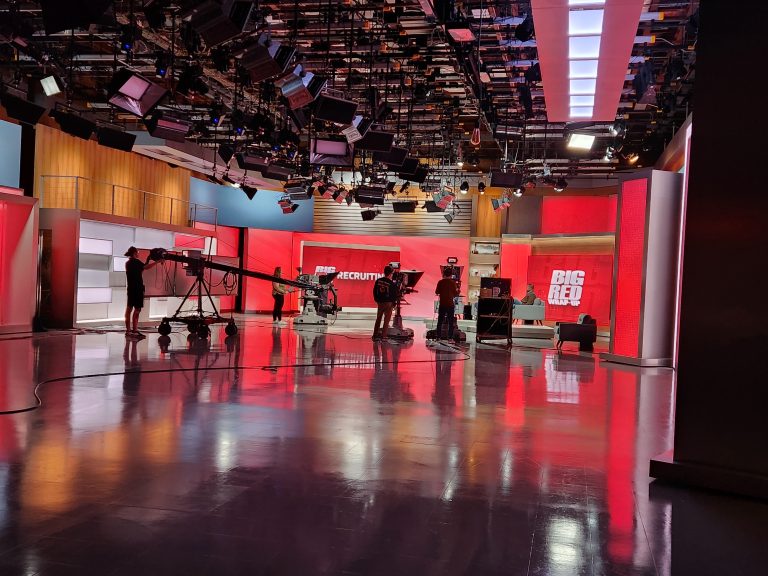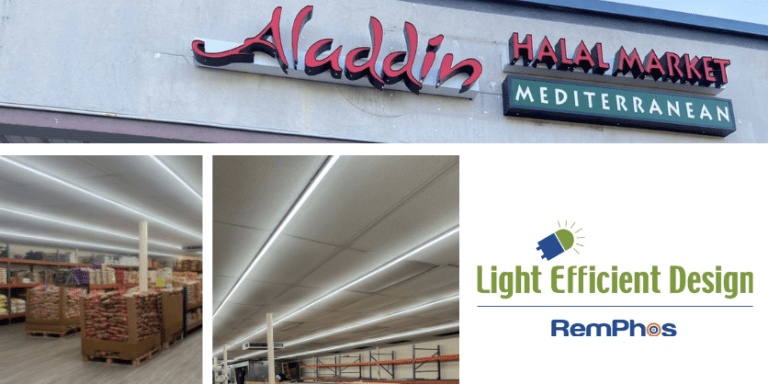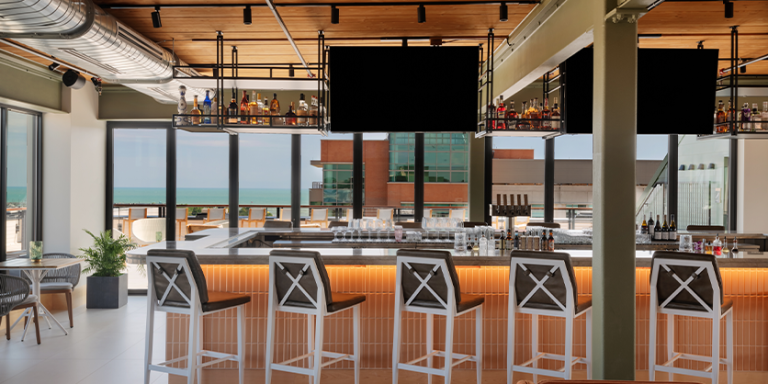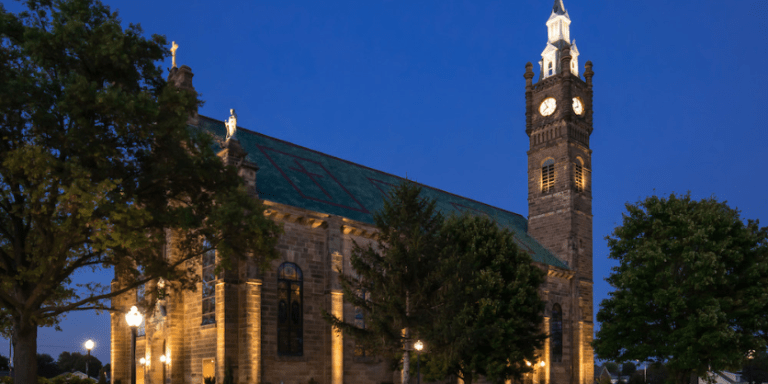ERCO Helps Protect Harry Seidler’s Vision
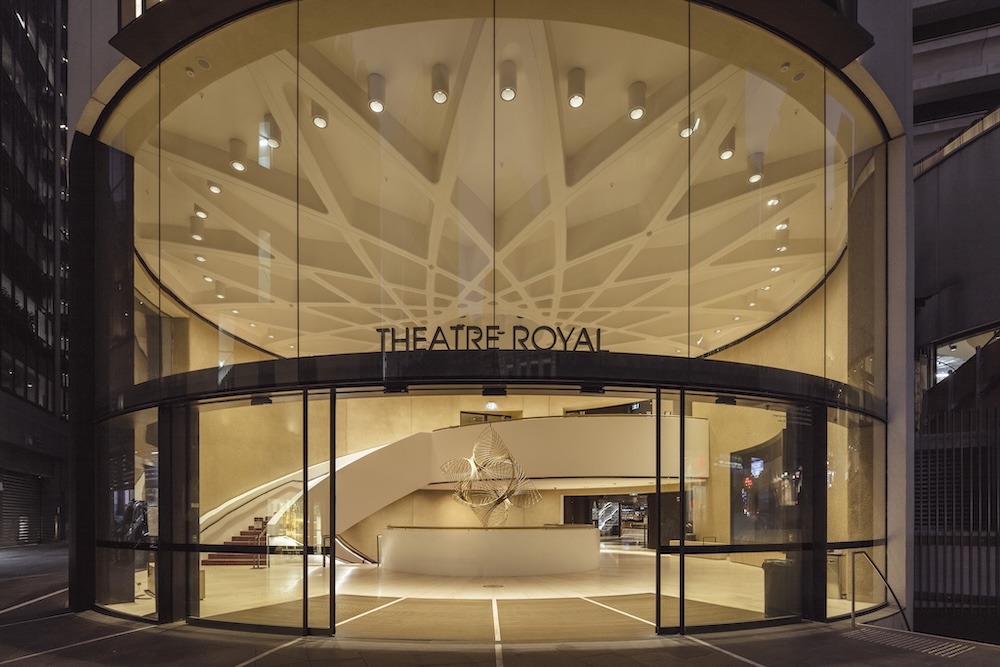
Timeless architecture and lighting work together to keep architectural visions alive; qualitative lighting design with wallwashing stands the test of time. Even decades on from their original construction, Seidler’s designs remain ‘valid’. This demonstrates remarkable prescience. The lighting tools used are modernized to meet today’s sustainability and energy efficiency challenges.
Australia’s claim to Harry Seidler as an architectural icon is tenuous: Austrian born, Canadian educated and US influenced, his inventive modernist masterpieces are found all over the world. Yet the practice that still bears his name, and many of his most iconic buildings, are in Australia.
Seidler arrived in Australia in his 20s. His personal design style prized clarity and rationalism well-suited to the times, and he quickly earned a series of commissions, private homes distinctive for, amongst other things, their use of light. Seidler veered away from the ubiquitous centre-ceiling oyster fitting popular at the time and brought light into his designs from hidden sources; recessed into the architecture, concealed behind furniture or flooding down curtains. Conceptually, this is in line with ERCO’s “Light not luminaires” philosophy.
A proponent of Richard Kelly’s lighting ethos, when it came to Seidler’s divergence into the commercial sphere, he met with Kelly and so began an enduring lighting partnership – including, amidst his 119-project strong resume, office towers in four of Australia’s major state capital cities. Kelly was behind the New York Seagram building ‘tower of light’ created by Mies van der Rohe using Edison Price incandescent wallwashers. You can see this inspiration in many of Seidler’s early tower projects, and he continued working with Price protégé, lighting designer Claude Engle, on projects from the mid-1980s on. Engle is quoted as saying that he learned from Price to begin with what the architectural design called for and develop lighting fixtures to achieve it.
Having learned the ropes from the ground up under Seidler, his eponymous practice is now led by architects Penelope Seidler and Greg Holman, who continue to value many of Seidler’s core principles, including the importance and application of light. Holman himself was introduced to ERCO on the Hong Kong Club project in 1980/81, where Engle specified the brand’s fittings.
In the 1997 New York Times obituary for Edison Price, it was said, “Stroll into the lobby of almost any high-style modern office building or walk through and major museum or art gallery, and if you have trouble working out where the light is coming from, you can be sure that Edison Price or one if his disciples has been at work.”
One of the reasons Seidler’s designs have remained so important – and many carry 6- or even 7-star energy ratings of Australian labels today – is that he was an early proponent of green design principles. He used the architectural element brise-soleil to protect windows from direct sunlight and built on angles to prevent direct glare; he incorporated sheltered pedestrian precincts that could be enjoyed regardless of weather. And most important: he insisted that light quality and proper luminaire placement was more important than light quantity. Still a cornerstone of ERCO’s philosophy and a key consideration in relighting projects. ERCO supports with two approaches – either by replacing existing lighting with LED and by relighting with customised light solutions that meets individual requirements.
We visit three of the significant projects here, illustrating the durability of excellent lighting design, benefits of LED-relighting and wallwashing for high ceilings.
PROJECTS
Magical light from an unseen source
MLC Centre (now 25 Martin Place) & Theatre Royal, Sydney (Construction: 1972-1978)
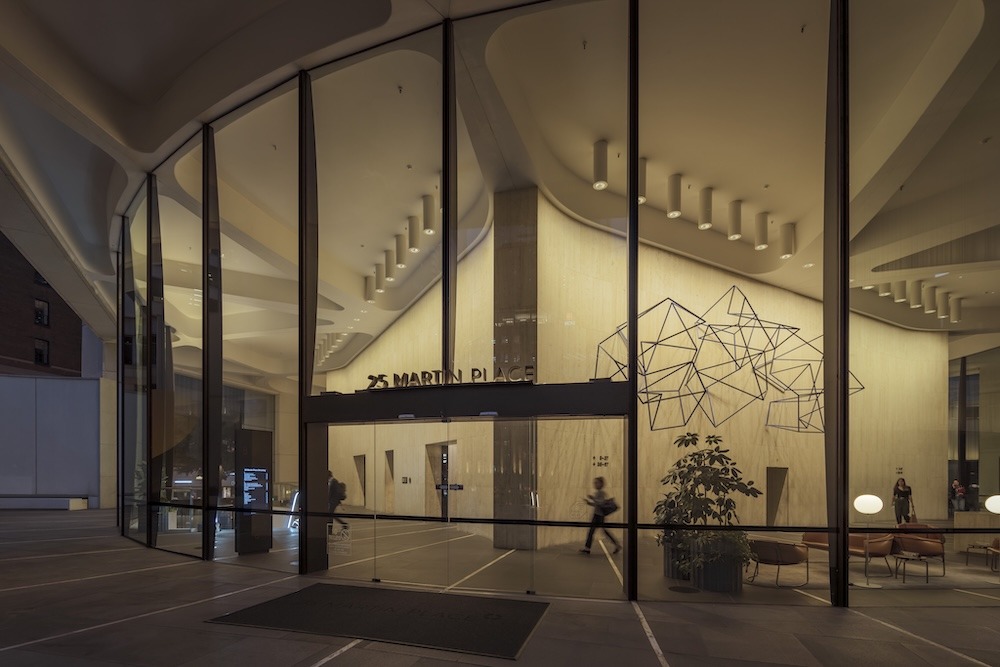
Renowned as the highest concrete structure in the world at the time, Seidler set out to incorporate an existing popular theatre into an iconic Sydney commercial tower, adding retail as well in an L-shaped structure built atop two levels of public space.

Wallwashing of a central core remained the model: reflected light was the sole source, adapted according to the nature of the wall and floor finishes, and the ceiling height and foyer depth. Despite reluctance from developer, Civil & Civic, Seidler insisted on incorporating large scale artworks as part of his MLC foyer, complementing his concept of using light – placed firmly on the vertical artworks – to draw the visitor in.
The MLC lobby was the first upgraded with ERCO LED luminaires in 2013, initially 30-32W luminaires that, in Holman’s opinion, struggled to deliver the powerful glow of the former technology. Property owner GPT however, under pressure to conform to environmental standards, insisted the changeover be made, and all parties learned a lot about garnering the potential of LEDs.
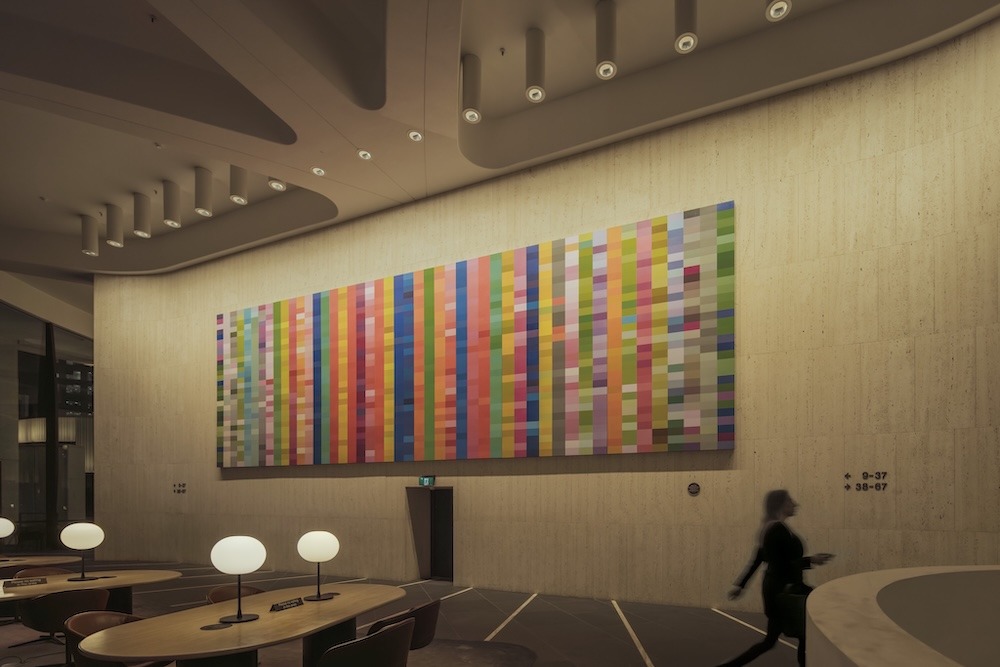
LED replacement: an upgrade on durability
Grosvenor Place, Sydney (Construction: 1982-1987)
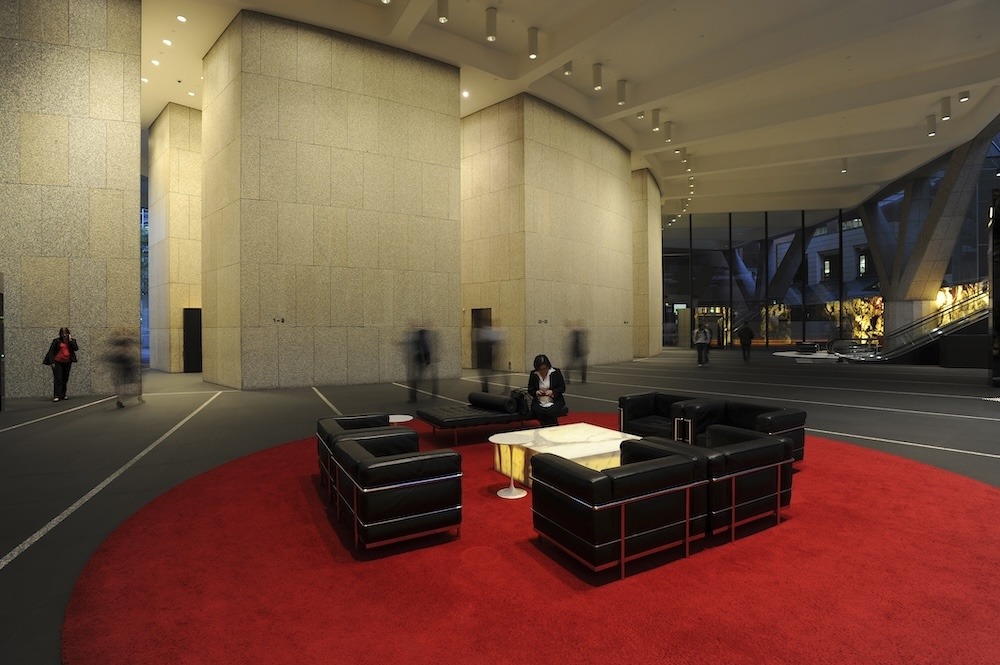
Persisting with his determination to use geometry principles to optimise the use of space and views, the original Grosvenor Place lighting design called for a perimeter ring of downlights to complement the core wallwashing. A wider foyer than Australia Square, more light was needed to make the space feel bright and radiant.
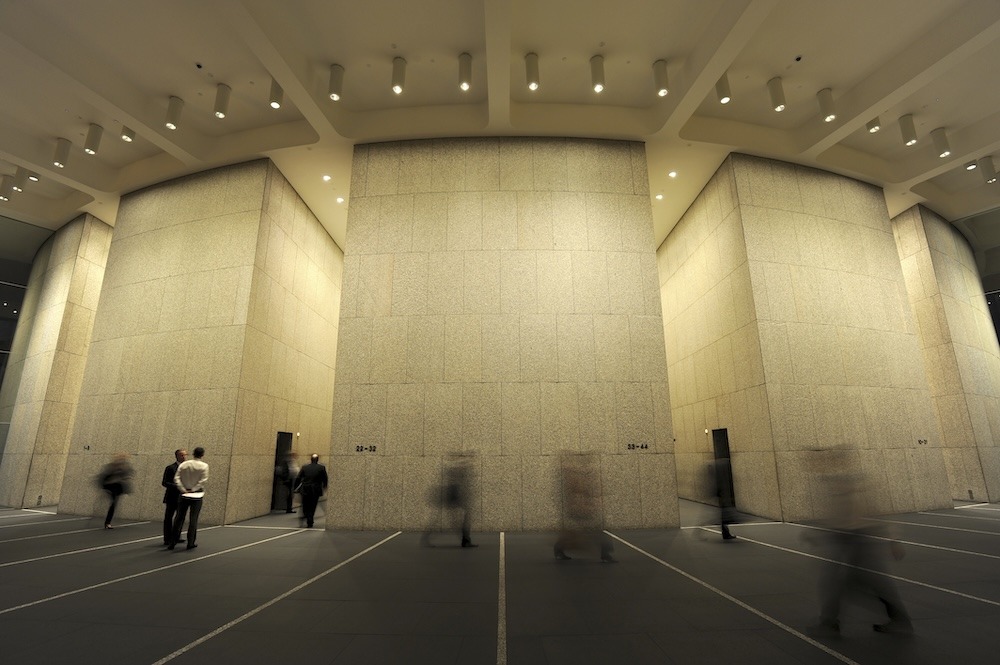
Original incandescent luminaires presented some practical challenges in Seidler’s foyer designs. They devoured energy and often delivered a lifespan of less than 12 months (necessitating the incorporation of an architect crawl space in every ceiling void!). Inconsistent failure rates and manual mismanagement by cost-conscious facility managers who tweaked the dimmers challenged his goal of delivering an even wash on the vertical surface.
Holman recalls that he struggled with the switch to LED, as the first replacement lamps had their problems: The good colour temperature was offset by poor colour rendering. Today, the ERCO luminaires with their high-quality LED modules and market-leading lighting technology are a stroke of luck for building managers and all those who appreciate Seidler’s design.
Light for 10 meter heigh walls and outdoor art
Shell House (now 1 Spring Street), Melbourne (Construction: 1989)
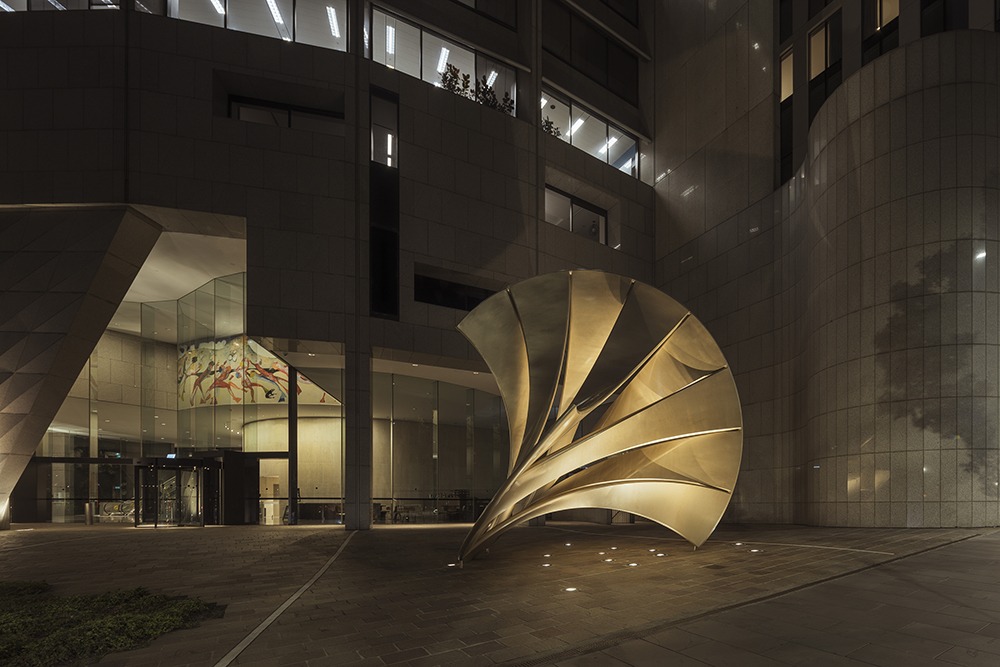
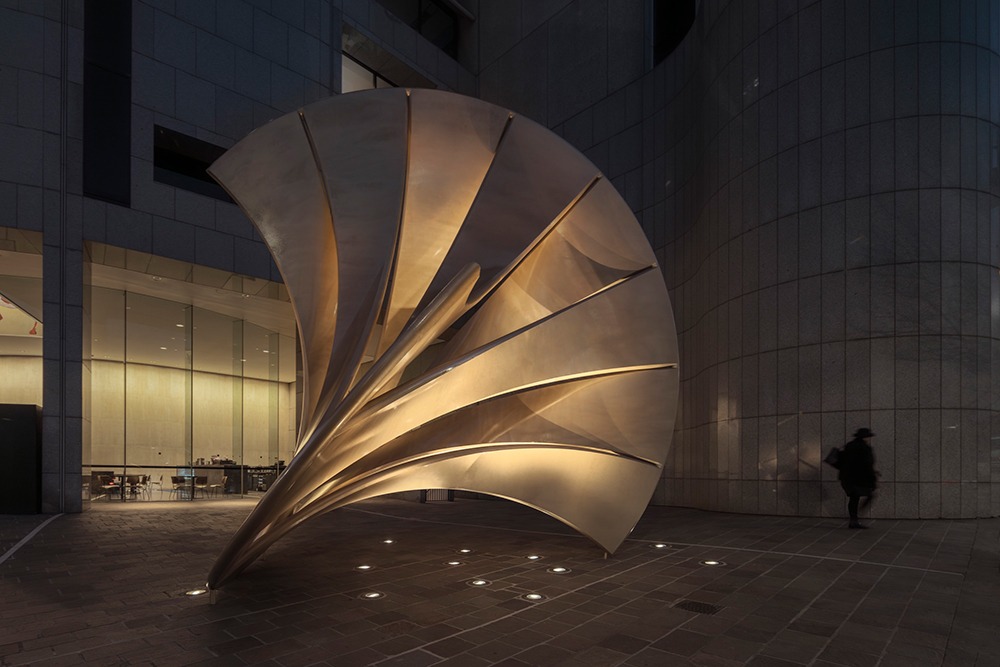
Originally known as Shell House, and built to house the Australian headquarters of the Dutch petroleum giant, 1 Spring Street occupies a prominent corner site at the southeastern tip of Melbourne’s central business district. Like Grosvenor Place, the site presented the potential for marvellous views for tenants, and Seidler’s double curve, with an inner core housing lifts and mechanicals, made many aspects highly rewarding. Insisting on including a shared public domain, the bottom four levels are accessible and lit by his central core. In order to simplify lift lobby lighting, Claude Engle’s ideas led to the development of the double wallwasher – the glare-free, single luminaire option for using even, reflected light in a narrow space.
Today, the lobby’s 10-metre ceiling height, is hung with a magnificent porcelain mural by artist Arthur Boyd. Powerful recessed ERCO downlights line the concrete ceiling spokes, whilst wallwashers make the most of the mural and the natural materials of the core. A definitive shell-like sculpture by sculptor Charles O. Perry has graced the forecourt since the beginning. Silver ERCO Tesis in-ground luminaires form the perfect counterpart to the warm gold tone of the artwork.
For more information, visit ERCO


